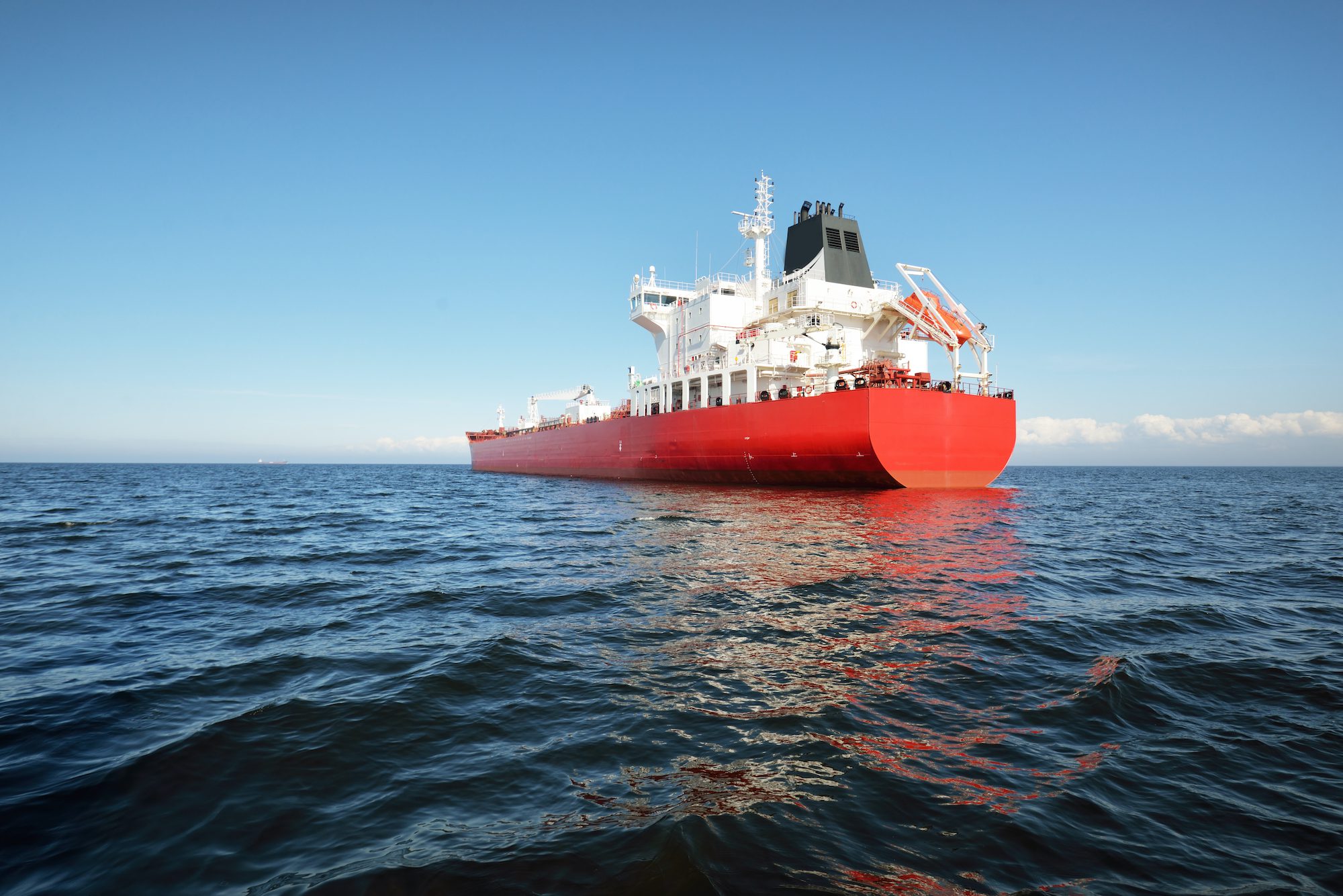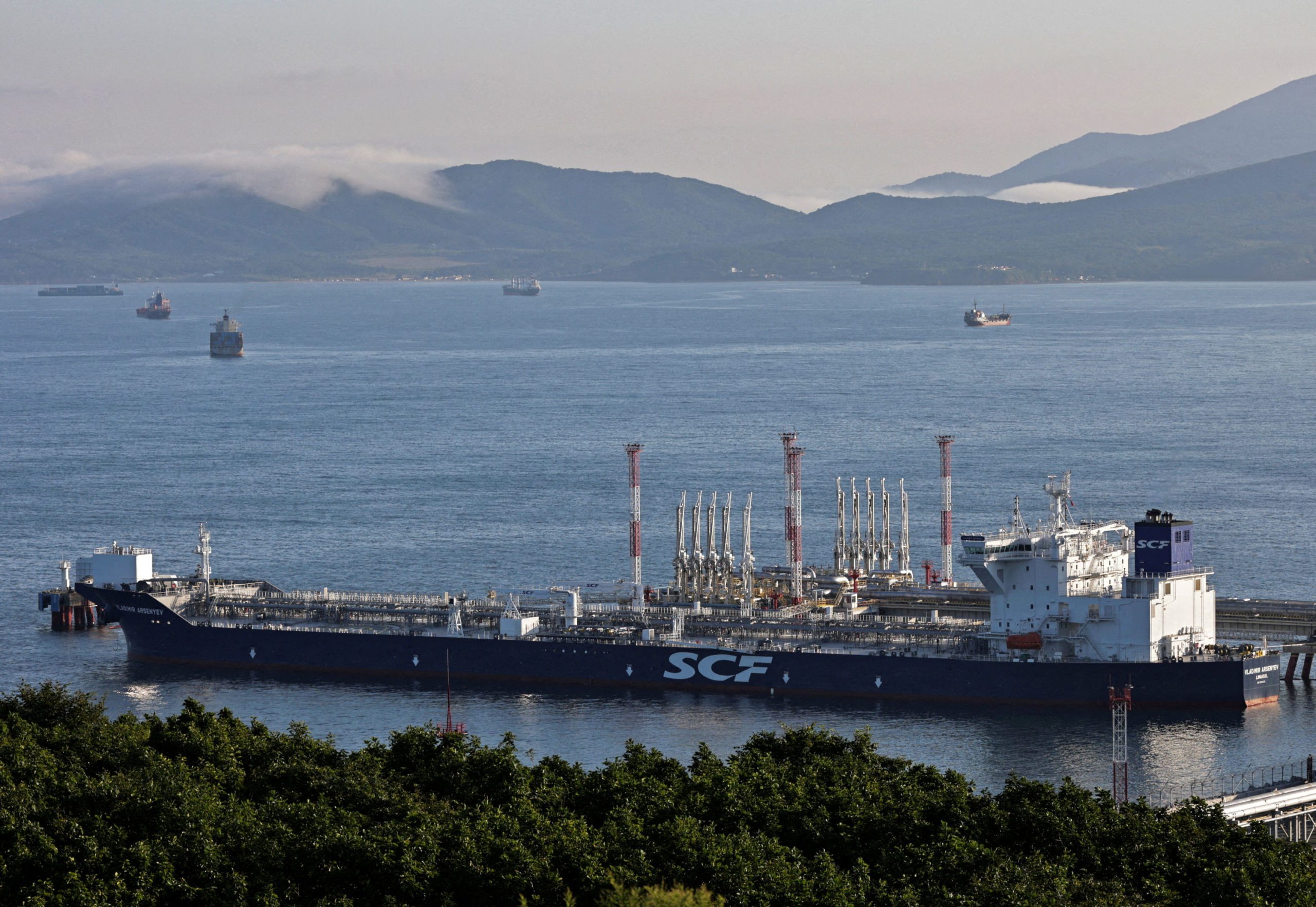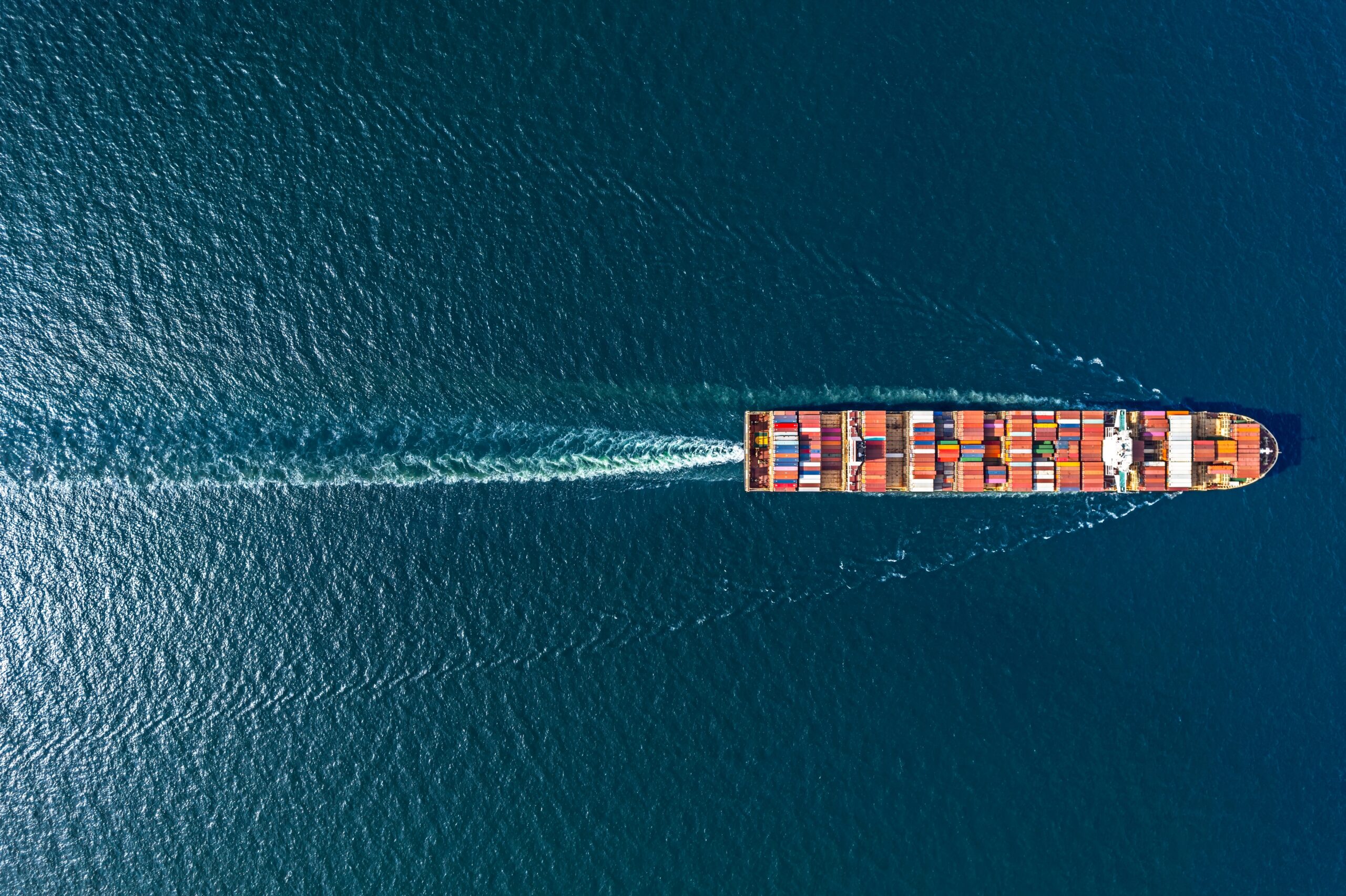(Bloomberg) —
Russia’s seaborne crude oil flows to international markets slumped last week but maintenance work, rather than output cuts, is the most likely cause.
Crude flows through Russian ports fell by about 980,000 barrels a day in the week to June 25. Lower shipments were seen from all regions, but hardest hit was the Baltic, where fewer than half the normal number of tankers were loaded at Primorsk. The port accounted for more than half of the week-on-week drop in the country’s total seaborne crude exports.
Crude shipments through Primorsk dropped in exactly the same way during the same week last year and the pattern can also be seen in both 2020 and 2021, albeit a week earlier. In all three years, shipments rebounded the following week.
There was a gap in the loading program for the port, with no cargoes due to complete loading between June 21 and June 25, indicating that the drop in flows was planned. The program then reverts to its more normal pattern of at least one cargo completing loading each day for the rest of the month.
There was also a big drop in shipments from the Pacific, where flows were down week-on-week by more than 200,000 barrels a day. A slump in shipments from Kozmino was partly offset by an increase in the flow from Sakhalin Island. But it’s unlikely that this reflects an output cut either. Exports from Pacific ports command higher prices than those from the west of the country and shipping times to key markets in China and India are shorter, making cuts to flows from Kozmino unlikely. A gap in the Kozmino loading program suggests the dip in flows from the port will also be temporary.
Moscow has said previously that lower flows resulting from its output cut would be targeted at ports on the Baltic and Black Sea. But there has been no sign of a significant drop in flows from the Baltic port of Ust-Luga, nor from Novorossiysk on the Black Sea.
Meanwhile, Russian refineries raised crude processing rates to the highest level since April in the week to June 21, as the nation’s downstream maintenance season nears its end.
The short-lived march toward Moscow by the private army known as the Wagner Group at the weekend is unlikely to have any impact on Russian crude flows, as long as the situation doesn’t deteriorate again.
Crude Flows by Destination
On a four-week average basis, overall seaborne exports in the period to June 25 were down by 263,000 barrels a day to 3.39 million barrels a day. More volatile weekly flows also fell, plunging by about 980,000 barrels a day to 2.55 million barrels a day.
Weekly data are affected by the scheduling of tankers and loading delays caused by bad weather. Port maintenance can also disrupt exports for several days at a time.
All figures exclude cargoes identified as Kazakhstan’s KEBCO grade. Those are shipments made by KazTransoil JSC that transit Russia for export through the Baltic ports of Ust-Luga and Novorossiysk.
The Kazakh barrels are blended with crude of Russian origin to create a uniform export grade. Since Russia’s invasion of Ukraine, Kazakhstan has rebranded its cargoes to distinguish them from those shipped by Russian companies. Transit crude is specifically exempted from European Union sanctions.
Four-week average shipments to Russia’s Asian customers, plus those on vessels showing no final destination, fell to 3.07 million barrels a day in the period to June 25 from 3.32 million barrels a day in the four weeks to June 18. That’s the lowest since March.
While the volumes heading to India appear to have declined from recent highs, history shows that most of the cargoes on ships without an initial destination eventually end up there or in China.
The equivalent of 358,000 barrels a day was on vessels showing destinations as either Port Said or Suez in Egypt, or which already have been or are expected to be transferred from one ship to another off the South Korean port of Yeosu. Those voyages typically end at ports in India or China and show up in the chart below as “Unknown Asia” until a final destination becomes apparent.
The “Other Unknown” volumes, running at 164,000 barrels a day in the four weeks to June 18, are those on tankers showing no clear destination. Most of those cargoes originate from Russia’s western ports and go on to transit the Suez Canal, but some could end up in Turkey, while other cargoes are transferred from one vessel to another, either in the Mediterranean or, more recently, in the Atlantic Ocean.
Russia’s seaborne crude exports to European countries were unchanged at 104,000 barrels a day in the 28 days to June 25, with Bulgaria the sole destination. These figures do not include shipments to Turkey.
A market that consumed about 1.5 million barrels a day of short-haul seaborne crude, coming from export terminals in the Baltic, Black Sea and Arctic has been lost almost completely, to be replaced by long-haul destinations in Asia that are much more costly and time-consuming to serve.
No Russian crude was shipped to northern European countries in the four weeks to June 25.
Exports to Turkey, Russia’s only remaining Mediterranean customer, edged lower to 209,000 barrels a day in the four weeks to June 25, their lowest four-week average level in six weeks; flows to the country had topped 425,000 barrels a day in October.
Flows to Bulgaria, now Russia’s only Black Sea market for crude, were unchanged at 104,000 barrels a day.
Flows by Export Location
Aggregate flows of Russian crude slumped to 2.55 million barrels a day in the seven days to June 25, from 3.53 million barrels a day the previous week. Shipments fell from all four export regions, with the biggest drops seen at Baltic and Pacific ports.
Shipments from Primorsk dropped by 521,000 barrels a day, or 56%, from the previous week. Flows from Kozmino were down week-on-week by 314,000 barrels a day.
Figures exclude volumes from Ust-Luga and Novorossiysk identified as Kazakhstan’s KEBCO grade.
Export Revenue
Inflows to the Kremlin’s war chest from its crude-export duty slumped to $39 million in the seven days to June 25, a drop of $15 million or 28%. Four-week average income fell by $2 million to $52 million.
President Vladimir Putin ordered his government to fine-tune existing indicators and establish additional ones to calculate oil prices for tax purposes in order to reduce the discount to global crude prices. Russia’s government calculates oil taxes using a discount to Brent, which sets the floor price for the nation’s crude for budget purposes. If Russian oil trades above that threshold, the Finance Ministry uses the market price for tax calculations, as has been the case in recent months. From July the discount is currently set at $25/bbl, though this may now be narrowed.
The duty rate for June has been set at $2.21 a barrel, based on an average Urals price of $55.97, which was $23.90 a barrel below Brent during the period between April 15 and May 14. The rate for July will be cut to $2.13 a barrel, based on an average Urals price of $54.57, which was $20.89 a barrel below Brent during the period between May 15 and June 14.
Origin-to-Location Flows
The following charts show the number of ships leaving each export terminal and the destinations of crude cargoes from the four export regions.
A total of 24 tankers loaded 17.85 million barrels of Russian crude in the week to June 25, vessel-tracking data and port agent reports show. That’s down by 6.87 million barrels from the previous week’s figure and the smallest volume since December. Destinations are based on where vessels signal they are heading at the time of writing, and some will almost certainly change as voyages progress. All figures exclude cargoes identified as Kazakhstan’s KEBCO grade.
The total volume on ships loading Russian crude from Baltic terminals fell to a six-month low of 938,000 barrels a day.
Shipments of Russian crude from Novorossiysk in the Black Sea dropped to five-week low of 500,000 barrels a day. One cargo of Kazakhstani crude was also loaded at the port during the week.
Arctic shipments gave up the previous week’s gain, falling back to 286,000 barrels a day, with two Suezmax tankers leaving the port in the week to June 25.
Eight tankers loaded at Russia’s three Pacific export terminals, down from 10 the previous week. The volume of crude shipped from the region fell to a six-month low of 824,000 barrels a day.
The volumes heading to unknown destinations are mostly Sokol cargoes that recently have been transferred to other vessels at Yeosu, or are currently being shuttled to an area off the South Korean port from the loading terminal at De Kastri. Most of these are also ending up in India.
Some Sokol cargoes are now being transferred a second time in the waters off southern Malaysia. A small number of ESPO shipments are also being moved from one vessel to another in the same area. All of these cargoes have, so far, gone on to India.
One cargo was loaded from the Sakhalin Island terminal in the week to June 25.
–With assistance from Sherry Su.
© 2023 Bloomberg L.P.

 Join The Club
Join The Club











